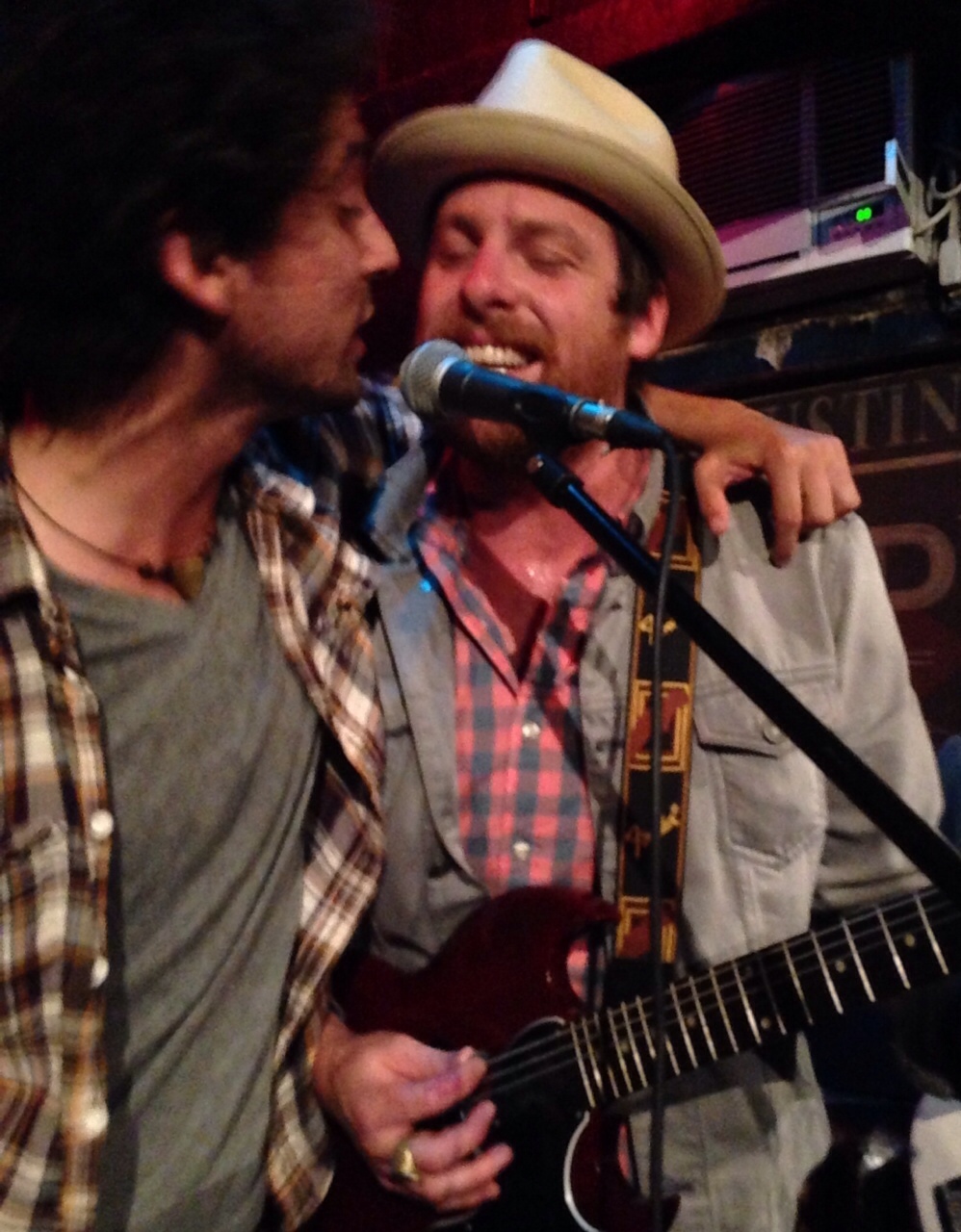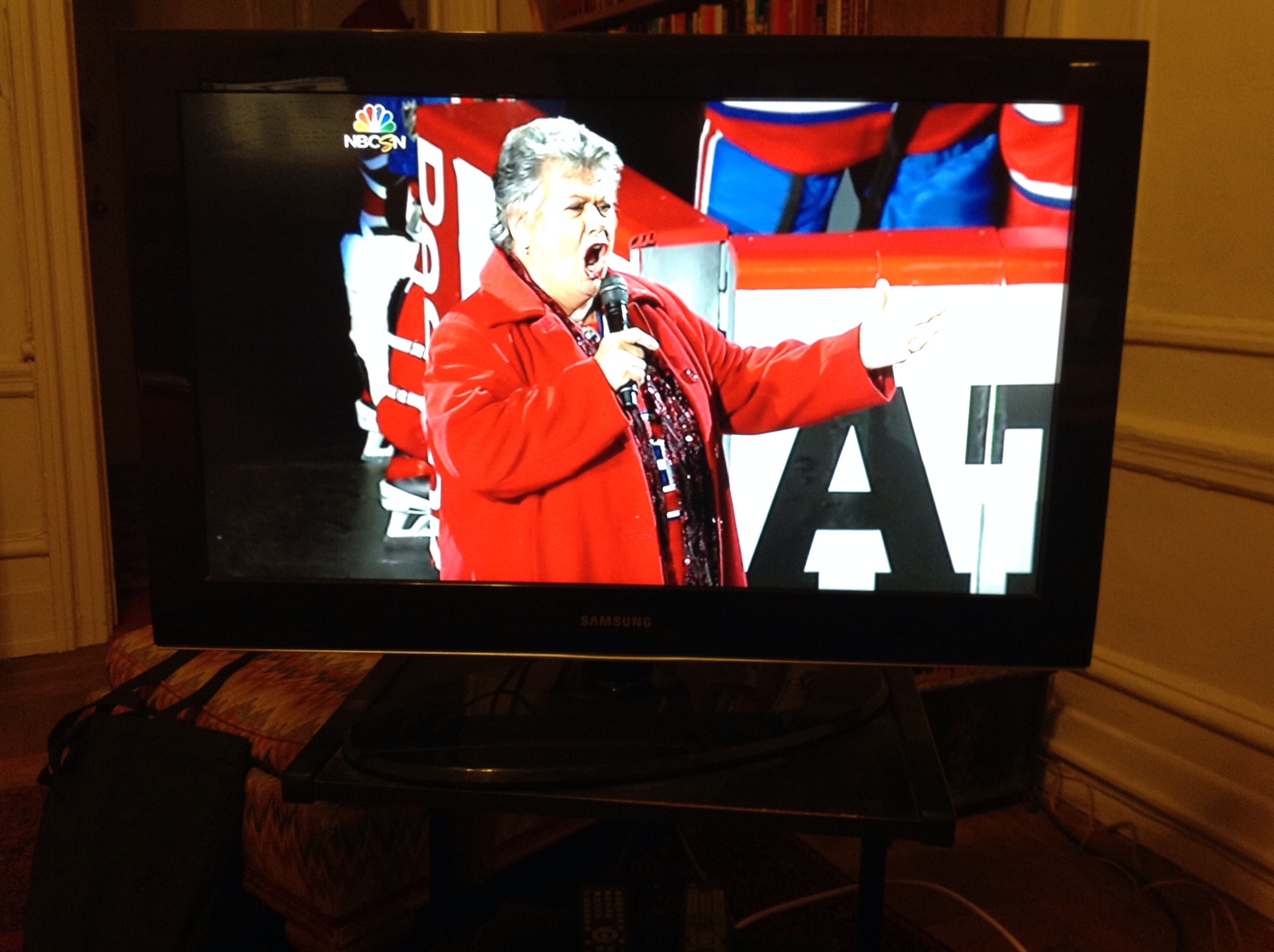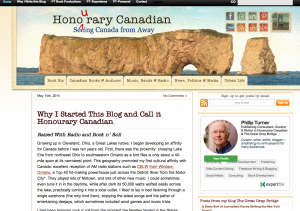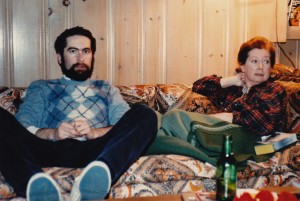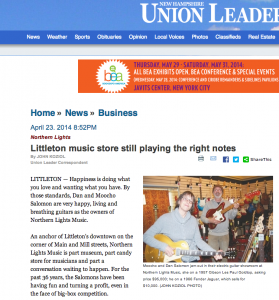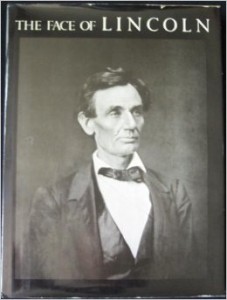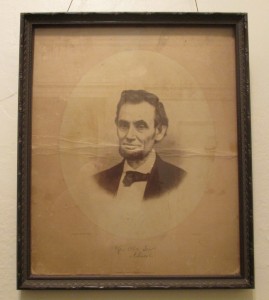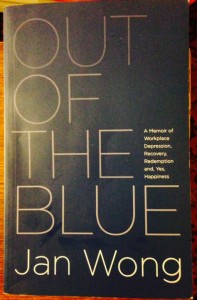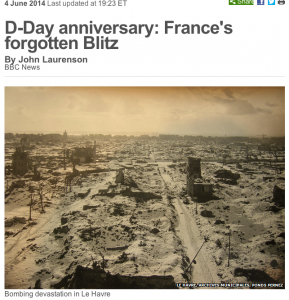 Are you aware that during WWII, British, American, and Canadian airplanes bombed Nazi infrastructure and installations in occupied France, or that an estimated 57,000 French civilians died from Allied actions during the war? I was not until last night, when I heard an in-depth report by BBC correspondent John Laurenson that CBC Radio carried on their weekend news program. In Laurenson’s story, the transcript of which can be read here, with several illustrations, he added that Free French forces pleaded for a halt to the raids, to no avail. Meanwhile, the Vichy government—cooperating and collaborating with the Nazis all the while—tried to turn the populace away from any sympathy for the Allied cause by decrying the bombardment.
Are you aware that during WWII, British, American, and Canadian airplanes bombed Nazi infrastructure and installations in occupied France, or that an estimated 57,000 French civilians died from Allied actions during the war? I was not until last night, when I heard an in-depth report by BBC correspondent John Laurenson that CBC Radio carried on their weekend news program. In Laurenson’s story, the transcript of which can be read here, with several illustrations, he added that Free French forces pleaded for a halt to the raids, to no avail. Meanwhile, the Vichy government—cooperating and collaborating with the Nazis all the while—tried to turn the populace away from any sympathy for the Allied cause by decrying the bombardment.
Laurenson narrates that “According to research carried out by Andrew Knapp, history professor at the UK’s University of Reading, ‘Roughly 75,000 tonnes of bombs were dropped on the UK [including Hitler’s V missiles]. In France, it [was] in the order of 518,000 tonnes.’” Incredible, but apparently accurate. Some of the raids—especially the one pictured here that leveled Le Havre, killing 5,000 inhabitants of the city—would under today’s international agreements, probably be regarded as war crimes. More than 1,500 French towns were hit during the war.
DeGaulle must’ve lobbied Churchill, and FDR, to stop the raids that aimed to hit “marshaling areas,” as the Allies phrased it. But it was the conduct of Marshall Petain and his government that most concerned the Allies,. This topic, and the scale of French casualties, was taboo for many decades, with the moral ambiguity that had shrouded the war years in France. According to this report, many French were conflicted about the bombing campaign. They didn’t ‘support’ it, but many were ashamed of the conduct by the Vichy leaders, and hoped the Allies would prevail. In that context, the deaths of civilians was in some ways as expected, if not excused, as that of combatants. It was total war. Along with the above figure on the French casualties, at least 60,500 British civilians died from the German aerial bombardment. On D-Day itself, in 1944, 2,500 Allied combatants died, while about the same number of French civilians died that day.
Though I don’t excuse certain aspects of the Allied bombing, which has been examined and as far as I can tell, convincingly indicted in A.C. Grayling’s important book, Among the Dead Cities: The History and Moral Legacy of the WWII Bombing of Civilians in Germany and Japan, I think I have a sense of some of the priorities and concerns that may have preoccupied all the Allied heads of state (Churchill and FDR, and also Mackenzie King, Canadian Prime Minister during the war, whose fighter pilots also flew bombing runs over France). They weren’t certain the Allies would win, and so believed in, or rationalized, some bombing that crossed an ethical line. As for the crews who flew those missions they were lethal for them, too, for Laurenson adds about the British flyers: “Almost half of Bomber Command’s airmen were killed in action. Their missions, their commanders argued, would help win the war more quickly.”
In the case of Churchill, in particular, I don’t mean to cut him any slack he doesn’t deserve. I’ve read Nicholson Baker’s Human Smoke: The Beginnings of World War II, the End of Civilization, where Churchill’s belligerence is on display, and in his own words for it’s a book assembled entirely from original documents. And, yet I must concede that he fought the war like he feared the Nazis might win, a possible outcome that would have been even more detestable than the moral crimes he committed, or may have committed. I recommend you read Laurenson’s story here.

